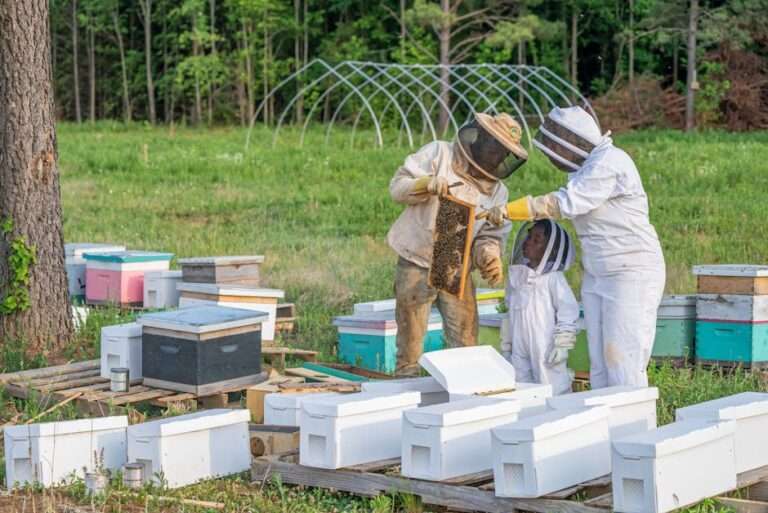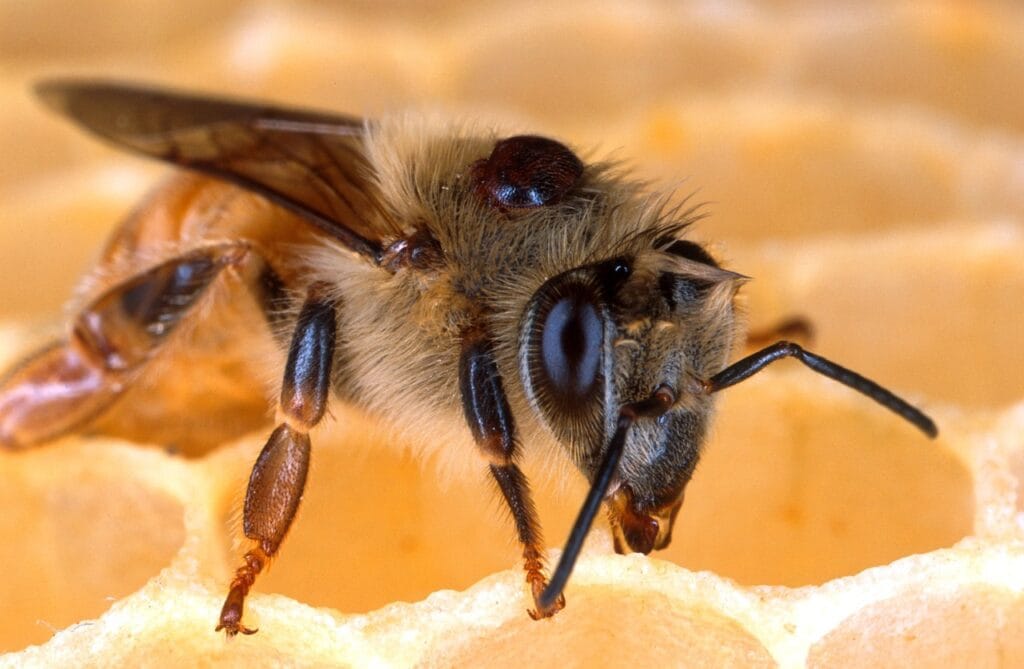Here’s what natural treatments like oxalic acid or thymol work best for Varroa mites
The most effective natural treatments for Varroa mites are oxalic acid and thymol, both considered “soft” acaricides derived from natural sources. Here’s how they work best and what studies show about their effectiveness:
Oxalic Acid
- Mode of Action: Found naturally in many plants, oxalic acid is typically applied to hives by vaporization or dribble methods.
- When to Use: Best during broodless periods (late fall, winter, or following an induced brood break), as oxalic acid does not penetrate capped brood and only kills mites on adult bees[1][2][3].
- Effectiveness: Research shows oxalic acid at concentrations around 3.2%–4.2% can reduce mite populations by more than 90% in broodless colonies, with minimal side effects on bees when properly applied[3][4][2][5].
- Important Notes: Overuse or excessive dosages can harm bees or brood. It should be used as part of an integrated approach and not as the only treatment throughout the beekeeping year[1][2].
Thymol
- Mode of Action: Thymol is a component of thyme oil and part of some commercial “essential oil” varroa treatments (e.g., Api Life Var, Apiguard).
- When to Use: Works best at temperatures between 20–30°C (68–86°F) and is effective across bee and mite life stages, although it does not penetrate brood cappings. Avoid use on extremely weak colonies or in high heat[3][6][2].
- Effectiveness: Studies have shown average mite kill rates between 76% and 96%, largely depending on concentration and application method[3][4][2].
- Best Practices: Often used in late summer or early fall; can be rotated with oxalic or formic acid to avoid mite resistance. Some products combine thymol with other essential oils for greater efficacy[6]. Always follow product guidelines.
Comparison Table
| Treatment | When Most Effective | Average Efficacy | Main Limitations |
| Oxalic Acid | Broodless periods (winter, after brood break) | 90–95%[3][4] | Only kills mites on adult bees; avoid repeated overuse |
| Thymol | 20–30°C, all bee stages (except capped brood) | 77–97%[3][4][2] | Less effective below 15°C; can stress weak colonies |
Best Practices for Natural Treatments
- Rotate natural treatments with other control methods to prevent mite resistance[6][1].
- Carefully monitor mite levels before and after treatment to assess effectiveness.
- Always strictly follow label/application instructions for dose, timing, and temperature.
In Summary
Using oxalic acid and thymol as part of an integrated pest management plan provides effective, residue-free control of Varroa mites and helps maintain hive health over time[1][3][6][5].
⁂
- https://extension.psu.edu/methods-to-control-varroa-mites-an-integrated-pest-management-approach
- https://www.perfectbee.com/a-new-beekeepers-journal/treatments-varroa-mites
- https://pmc.ncbi.nlm.nih.gov/articles/PMC8624935/
- https://pubmed.ncbi.nlm.nih.gov/33001171/
- https://www.reddit.com/r/Beekeeping/comments/1klljvh/in_your_opinion_what_is_most_effective_and/
- https://scientificbeekeeping.com/thymol-a-new-application-method-part-1/



